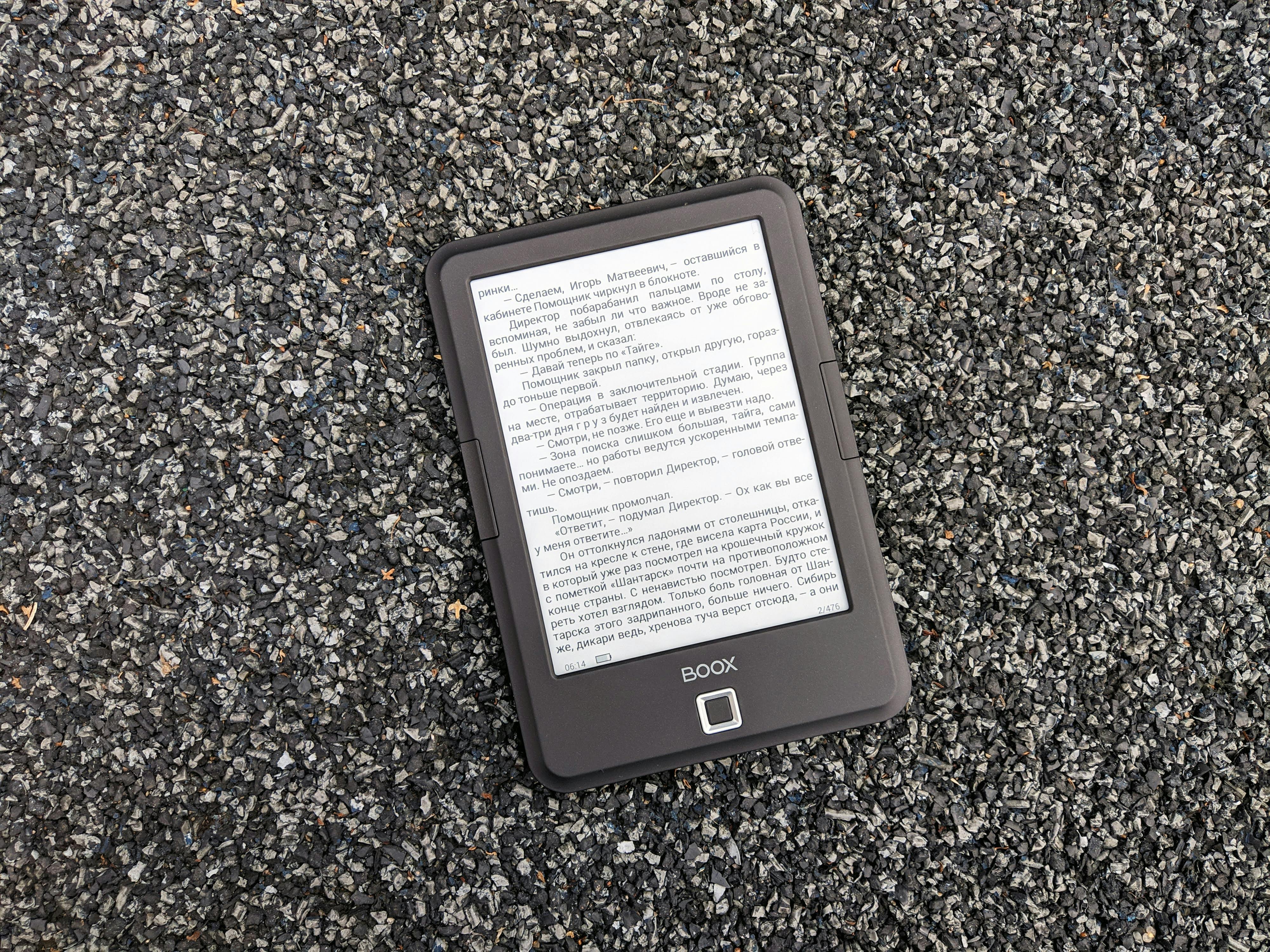E-ink: The Sustainable Future of Display Technology
In an era where screen time is skyrocketing, the quest for a more eye-friendly, power-efficient, and sustainable display technology is more pertinent than ever. Enter E-ink (Electronic Ink), a technology that is quietly revolutionizing the way screens are perceived and used. Its uniqueness lies in its approach to display, mimicking the appearance of ordinary ink on paper.

The Advent of E-ink
E-ink technology was a concept birthed in the late 1990s at MIT’s Media Lab. The researchers wanted to create a display that replicated the visual qualities of paper — high contrast, wide viewing angle, and low power consumption. Unlike traditional screens that emit light, E-ink screens reflect ambient light, making them less straining on the eyes.
By 2004, the technology had matured enough for commercial use, with the release of Sony’s Librié, the first E-reader. Since then, E-ink has transformed reading, offering a digital platform that closely mirrors the physical experience of reading a book.
E-ink in Today’s Digital Landscape
Fast forward to the present day, E-ink technology has maintained its stronghold in the e-reader market with popular devices like Amazon’s Kindle. However, the application of E-ink has evolved beyond just e-readers. It’s now being utilized in devices like smartwatches, phones, and even electronic shelf labels in retail stores, offering a power-efficient alternative to traditional displays.
The recent news of E-ink’s collaboration with Plastic Logic, to develop flexible, plastic-based displays, brings a fresh wave of possibilities. This could lead to devices that are lighter, more durable, and even foldable — a significant leap from the rigid, glass-based screens we’re accustomed to.
Pricing and Market Impact
E-ink devices, particularly e-readers, fall within a broad price range depending on the brand and features. The most affordable Kindle model is priced at around $90, while high-end models with additional features like water resistance and adjustable warm light can go up to $250.
The market for E-ink is expected to grow substantially. A recent report by Global Market Insights, Inc. predicts the E-paper display market to surpass $2.5 billion by 2024. This growth is fueled by increasing demand for power-efficient, durable, and flexible displays.
The Sustainable Promise of E-ink
In an age where sustainability is becoming a decisive factor in technology advancement, E-ink stands out with its low power consumption. An E-ink display only uses power when changing the image on the screen, not to maintain it. This results in devices with exceptional battery life, reducing the frequency of charging and, consequently, energy consumption.
Furthermore, E-ink’s move towards plastic-based displays aligns with the growing trend of reducing electronic waste. Traditional glass-based displays are harder to recycle and often end up in landfills. In contrast, plastic displays can be more easily disassembled and recycled, making them a more environmentally friendly option.
A Bright Future
E-ink technology has come a long way since its inception. Its unique paper-like display, power-efficiency, and recent strides towards flexibility make it a promising contender in the future of display technology. As we continue to evolve towards a more sustainable, user-friendly digital landscape, E-ink could very well be at the forefront of this transformation.
As with any technology, there are challenges and improvements to be made. However, with continued research and development, it’s exciting to see where E-ink will take us next. The story of E-ink is a testament to how technology can evolve to meet our changing needs, offering a glimpse into a future where digital and physical reading experiences converge seamlessly.




